See reach.
The stream bed and banks formed by fluvial processes, including deposited organic debris.
The bottom of the stream below the usual water surface.
The range of healthy, well-spaced, acceptable trees required to establish a free-growing stand or to meet the residual stand requirements following an intermediate cutting or the harvesting of special forest products.
An official with the authority to make a decision under an Act or regulations, such as a district manager or a designated official from one of the three ministries.
A formal written enactment of a legislative body (e.g., the provincial legislature or federal Parliament).
A species that is extirpated, endangered, threatened or of special concern.
Disturbance to the soil in the net area to be reforested resulting from the construction of temporary access structures or gouges, ruts, scalps or compacted areas resulting from forestry activities. Without rehabilitation, disturbed sites often have reduced soil productivity and may not provide optimum growing conditions for new trees. For that reason, maximum allowable amounts of soil disturbance are set in regulation.
A Ministry of Forests, Lands and Natural Resource Operations program that enables registered individuals or companies to acquire rights to harvest Crown timber under a timber sale licence. The Ministry of Forests, Lands and Natural Resource Opereations holds responsibility for most forestry planning and management requirements.
A site‐specific plan that is required in place of a silviculture prescription as of December 17, 2002, except where there is already an existing silviculture prescription. The site plan contains some of the same elements as a silviculture prescription and is designed to identify resource values and define what a free‐growing stand will be on that site. However, it is not an operational plan under the Forest and Range Practices Act (FRPA) and does not require review or approval by government to be implemented.
